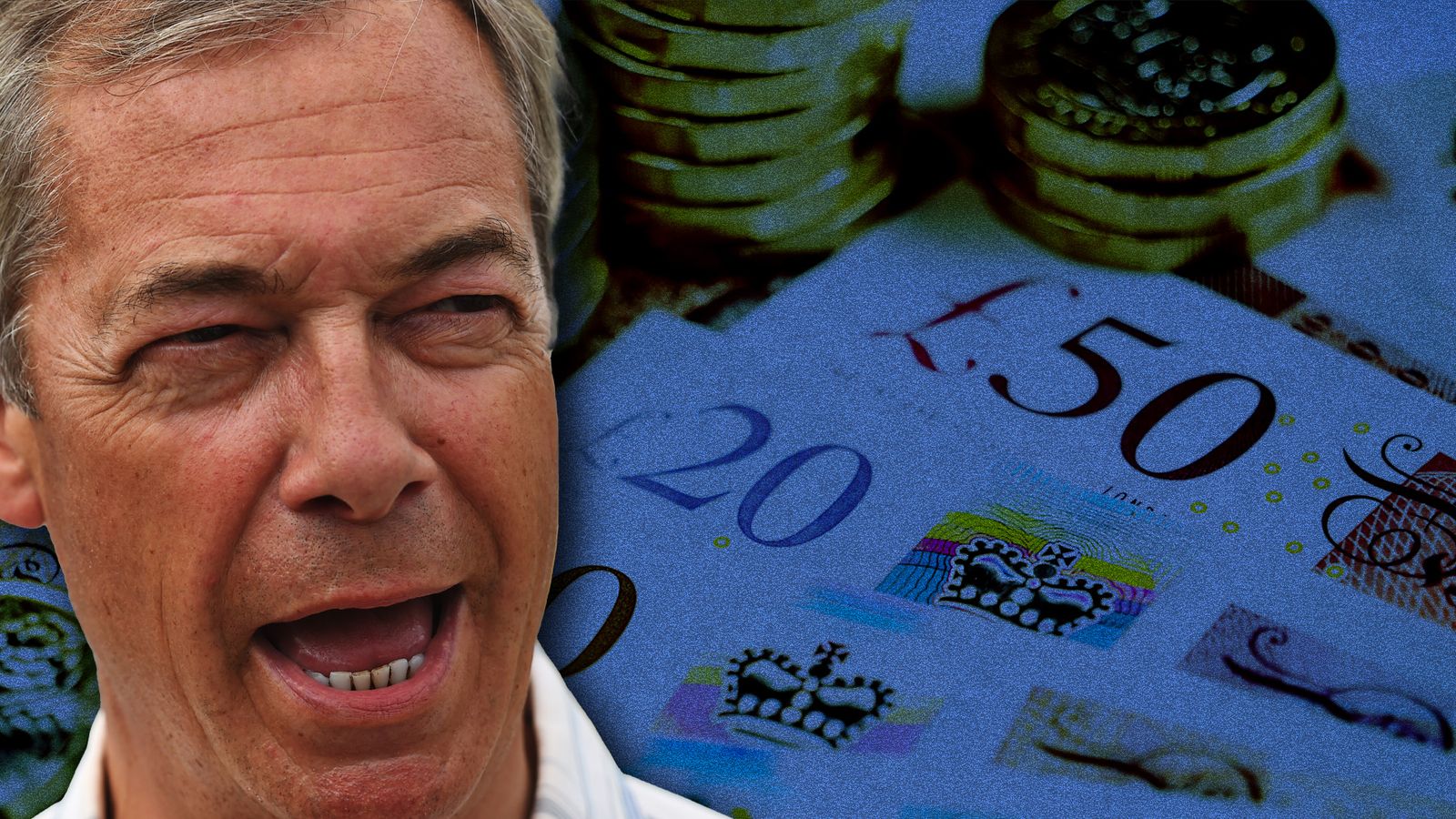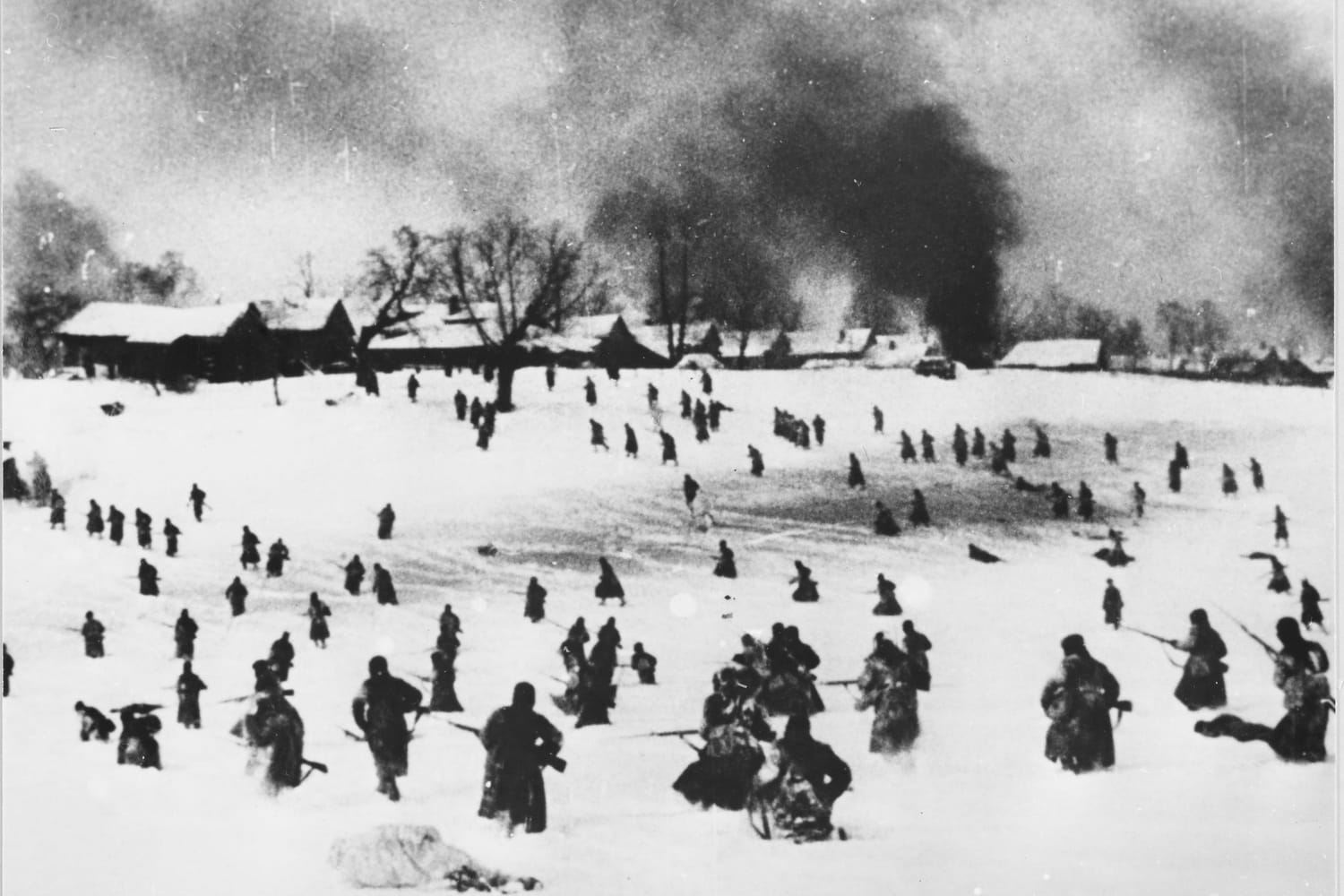The Untold Story: How Beijing Manages The Narrative Of The Trade War

Table of Contents
Domestic Propaganda and National Unity
Beijing leveraged its powerful state-controlled media apparatus to present a unified front during the trade war, emphasizing national strength and resilience. This sophisticated form of Beijing's narrative management was crucial in maintaining domestic stability and support for the government's policies.
Controlling the Information Flow
- State media dominance: State media outlets like Xinhua and CCTV played a crucial role, consistently framing the trade war as a necessary challenge to overcome, a test of China's mettle. These outlets carefully curated the information reaching the public, presenting a narrative of national strength and unwavering resolve.
- Strict censorship: Strict censorship mechanisms limited dissenting voices and alternative narratives, ensuring a unified message permeated Chinese society. Any criticism of the government's handling of the trade war was swiftly suppressed.
- Highlighting technological advancements: Propaganda campaigns consistently highlighted China's technological advancements and economic potential, portraying the trade war as a catalyst for innovation and self-reliance. This fostered a sense of optimism and confidence amidst economic uncertainty.
Fostering National Pride and Patriotism
The trade war was cleverly presented as an opportunity to bolster national pride and unify the population behind the government's policies. This aspect of Beijing's narrative management proved incredibly effective.
- Nationalistic rhetoric: Nationalistic rhetoric became prevalent, emphasizing self-reliance (自主) and the importance of overcoming external challenges through collective effort. The concept of "Made in China 2025" was heavily promoted.
- Success stories: Stories of Chinese companies overcoming trade obstacles were consistently highlighted, showcasing resilience and ingenuity. These narratives served as powerful tools for boosting national morale and fostering a sense of shared purpose.
- Popular culture's role: Popular culture also contributed significantly, with films, television shows, and other forms of entertainment showcasing Chinese ingenuity and determination in the face of adversity. This subtle but pervasive messaging reinforced the government's narrative.
Shaping International Perception
Beyond domestic control, Beijing meticulously crafted its message for international audiences, aiming to shape global perception of the trade war and its role in it. This aspect of Beijing's narrative management involved sophisticated diplomatic strategies and international engagement.
Highlighting US Protectionism
Beijing strategically positioned itself as a victim of US protectionism, garnering sympathy from developing nations and challenging the narrative of China as the aggressor.
- Promoting unfairness: China actively promoted the idea that the trade war was an unfair and protectionist measure designed to stifle China's economic growth. This resonated with many developing countries facing similar trade challenges.
- Targeting developing nations: Diplomatic efforts targeted developing countries, emphasizing shared concerns about trade imbalances and the need for fair trade practices. This created a sense of common cause and undermined US claims of unilateral action.
- International forums: International forums like the World Trade Organization (WTO) were utilized to present China's perspective and challenge the US narrative, leveraging multilateral platforms to gain international support.
Emphasizing Global Cooperation and Multilateralism
To counter the US's unilateral approach, Beijing championed multilateralism and international cooperation, portraying itself as a responsible global stakeholder committed to global economic stability.
- WTO participation: Active participation in the WTO and other international organizations provided a platform for promoting China's views on trade and global governance.
- Belt and Road Initiative (BRI): The BRI was heavily promoted as an example of China's commitment to global engagement and cooperation, highlighting its role in infrastructure development and economic integration.
- Strategic alliances: Strategic alliances with other countries were leveraged to counter US influence and build a counter-narrative to the American perspective on the trade war.
Economic Countermeasures and Narrative Control
Beijing's economic countermeasures were not just reactive; they were carefully framed as proactive steps in pursuit of long-term economic goals, further solidifying the narrative of resilience and progress. This showcases another facet of Beijing's narrative management.
Strategic Investment and Technological Development
Beijing framed economic countermeasures as proactive responses rather than reactions to US pressure, reinforcing the narrative of self-reliance and progress.
- Investment in key sectors: Investment in key sectors like 5G and artificial intelligence (AI) were presented as indicators of China's technological prowess and innovative capacity, not as defensive measures.
- Domestic supply chain development: The development of domestic supply chains was highlighted as evidence of China's economic resilience and ability to withstand external pressure.
- Reducing reliance on foreign technology: This aspect of Beijing’s narrative management reinforced the image of a self-sufficient, technologically advanced nation less reliant on foreign technology.
Managing Economic Data and Public Perception
Careful management of economic data and public communication was crucial to maintaining confidence in the face of economic challenges. This is a critical element of Beijing’s narrative management.
- Strategic release of positive indicators: The strategic release of positive economic indicators helped maintain a perception of ongoing growth and stability.
- Emphasis on continued growth: Despite the trade war's challenges, the government emphasized continued economic growth, portraying resilience in the face of adversity.
- Downplaying negative impacts: The negative impacts of tariffs and trade restrictions were downplayed, maintaining a positive outlook and preventing public panic.
Conclusion
Beijing's narrative management during the US-China trade war was a sophisticated and multifaceted operation. By controlling domestic information, shaping international perceptions, and strategically managing economic countermeasures, Beijing successfully mitigated the negative impact of the trade war both domestically and internationally. Understanding Beijing's narrative management techniques provides crucial insight into China's approach to international relations and its ambitions for global leadership. Further research into the specifics of Beijing's narrative management and its impact on the trade war, as well as analyzing China's strategies in handling future trade disputes, will be crucial to navigating the complexities of the evolving geopolitical landscape. Understanding how Beijing manages its narrative is critical for effective engagement with China on the global stage.

Featured Posts
-
 Los Angeles Wildfires A Growing Market For Disaster Betting
May 03, 2025
Los Angeles Wildfires A Growing Market For Disaster Betting
May 03, 2025 -
 Sydney Harbour Surveillance Heightened Amidst Rise In Chinese Ship Sightings
May 03, 2025
Sydney Harbour Surveillance Heightened Amidst Rise In Chinese Ship Sightings
May 03, 2025 -
 Witnessing History Attending Nigel Farages Press Conference
May 03, 2025
Witnessing History Attending Nigel Farages Press Conference
May 03, 2025 -
 Macron Intensifie La Pression Sur Moscou Les Decisions A Venir
May 03, 2025
Macron Intensifie La Pression Sur Moscou Les Decisions A Venir
May 03, 2025 -
 Nat West Nigel Farage Reach Agreement In Banking Dispute
May 03, 2025
Nat West Nigel Farage Reach Agreement In Banking Dispute
May 03, 2025
